Tina Faulk
There are very few ‘happy ending’ stories in the cruel history of slavery. This may just be one of them.
In Ceylon – now Sri Lanka- in the Fifties, as my family prepared to relocate to Australia, rice was still ferried to the capital Colombo by river boats, wide, flat-bottomed barges with coconut thatch roofs, known locally as ‘padda boats’.
The ‘paddas’ plied their way up and down a network of ancient canals built by the Dutch, in the 17th century. They ruled the island for over 200 years and the padda boats brought rice, dhal and dried fish to the capital, Colombo, once subjected to a siege when under the Portuguese, the island’s earliest European colonisers. The Portuguese held off the Dutch for several months, but had to eat everything edible within the fort, including two elephants used to repair breaches in the walls. The Dutch, with north European energy and purpose, built the network of canals down which the padda boats pushed their way and the men who worked the rice boats and guided the heavy transports through the canals were of African Muslim descent.
Their forebears had been brought to the island by Arab slave traders and Portuguese administrators and later, Dutch spice merchants. As the trading coastal port of Colombo grew into a city, slaves were housed on ‘Slave Island’ a narrow strip of land reached by ferry across the Beira Lake, then as now filled with crocodiles and water snakes.
The Dutch also took African slaves, as well as indentured labourers from what is now Indonesia, to the southern trading port of Galle, centre of the spice trade and long the home of Arab and Jewish spice merchants whose trade shipments travelled to Europe via Venice, the cosmopolitan centre of trade between east and west. The Dutch didn’t import African slaves to the extent of the Portuguese, but did nothing to halt the flow of ‘kaffirs’ – Dutch paintings from the Golden Age of Dutch art depict African boys attending the wives of rich merchants.
Slave Island, according to Sri Lankan storyteller Shehan de Silva whose family lived there for generations, is now no longer an island but a vibrant centre of Sri Lankan Malay life. De Silva conducts tours of Slave Island, recounting tales told him by his grandparents, such as the ‘one rupee’ mosque – so called because Malay soldiers contributed a single rupee to its building – and the family histories of Java Lane. My father, taking a break from preparations to emigrate, decided he would take his family on a trip along the old Dutch canal, following the route of the rice boats. Many canals had silted up – the Dutch were meticulous in keeping them in workable conditions but the British, who replaced them as colonial administrators, brought, along with the abolition of slavery, motorised transport.
Those canals still operating, were worked by people from small villages along the canals, descendants of African slaves moving from the coast, who were absorbed and integrated into local Muslim or Buddhist communities, speaking Sinhalese or Tamil, and turning their hands to rice farming and boat excursion for visitors from the capital.
A small, sepia-toned photograph of the boatman, a genial giant who had once loaded heavy bags of rice onto the boats reminds me of that day trip on the Dutch canal. He told my father, in fluent Sinhalese, that as a child, he remembered his father doing the same work, but he was pleased that his sons would not follow him. He was now a rice farmer, with his own land. The kaffirs, he said, were prized for their strength loading the rice, strong backs and massive arms, and in this quiet little backwater, no Muslim cleric was around to point out that drinking coconut toddy -arrack- was haram.
In a century, the sons and daughters of slaves integrated, seamlessly, it seemed, into the Sri Lankan community, still keeping their language, culture –baila is a dance that has its roots in Africa- and is one of the few stories of slavery that has a happy ending, from Slave Island to prosperous farmers in Sri Lanka.
Kel Richards
There are no woker words in the world today than ‘take a knee.’ The gesture began on the football field when San Francisco 49ers quarterback Colin Kaepernick knelt during the playing of the American national anthem at the start of games. The word ‘kneeling’ is at least a thousand years old and until 2016 it was a gesture indicating submission, homage or reverence—kneeling in prayer to show reverence. But Kaepernick reversed the meaning from showing respect to showing disrespect. While his team-mates followed the American tradition of standing for the national anthem with a hand over the heart, he dropped to one knee to show his rejection of his country, its heritage and its values. The Marxists behind the Black Lives Matter then adopted ‘taking a knee’ as a symbol of the rejection of every nation and every culture that is the product of Western civilisation and the Judeo-Christian values on which it’s based. When people such as Israel Folau refuse to ‘take a knee’ they are standing to show respect for what the kneelers reject.
Unfortunately some label Folau’s action as a refusal to participate in an anti-racist action. But is Black Lives Matter really anti-racist? In the massive word vaults of the OED the earliest recorded appearance of ‘racism’ (and, hence, it’s negative) is from 1903—although ‘racialism’ (with much the same meaning) appeared in 1880. These dates suggest that ‘racism’ (as both a word and a concept) may represent social Darwinism seeping into the English language. The core concept behind this word ‘racism’ is ‘the belief that different races of people have different characters and abilities, and that your own race is the best’ (to quote the Longman Dictionary). Well, BLM is certainly singling out one race from all the others, and making a judgement based on race. Linguistically that makes them racist, not anti-racist.
Wokeness is waging war on Aussie larrikin culture. It’s unclear whether, over time, wokeness will win or larrikinism will triumph. But it does raise the question of the origin of the two words. ‘Larrikin’ is recorded from 1868 and first meant the members of the 19th century street gangs. But over the years the word lightened up, so that by 1898 it was often used to mean ‘a playful youngster.’ We would add that it names a certain kind of cheeky, playful Aussie humour. Many urban myths surround the origin of ‘larrikin.’ One claims it comes from ‘larking’ as pronounced by an Irish-born policeman in a Melbourne magistrate’s court. But as the OED notes: no trace of the incident has been found in the papers of the time. Then there’s suggestion it comes from the name ‘Larry’. Again there’s no evidence. However, there is evidence that ‘larrikin’ is another of those English dialect words that survived in Australia after it died out in its homeland. The English Dialect Dictionary (1905) records ‘larrikin’ as a Warwickshire and Worcestershire word meaning ‘a mischievous or frolicsome youth’—not a bad metaphor for the Aussie larrikin taking the micky out of the pompous.
Meanwhile in the red corner (larrikins being in the True Blue corner) we have the ‘Woke.’ This past participle of the verb ‘to wake’ is currently used to mean something like ‘alert, well-informed, up-to-date.’ With this meaning ‘woke’ began life as a colloquialism among African Americans. The earliest citation is from Joel Chandler Harris, he of Uncle Remus and tar babies. Writing in 1891 he spoke of an unaware person by saying ‘He ain’t woke good yet.’ For the next hundred years it remained exclusively part of Black English in America. That means that when white people apply this word ‘woke’ to themselves they are guilty of cultural appropriation (and should probably be shot at dawn).
Got something to add? Join the discussion and comment below.
Get 10 issues for just $10
Subscribe to The Spectator Australia today for the next 10 magazine issues, plus full online access, for just $10.
You might disagree with half of it, but you’ll enjoy reading all of it. Try your first month for free, then just $2 a week for the remainder of your first year.

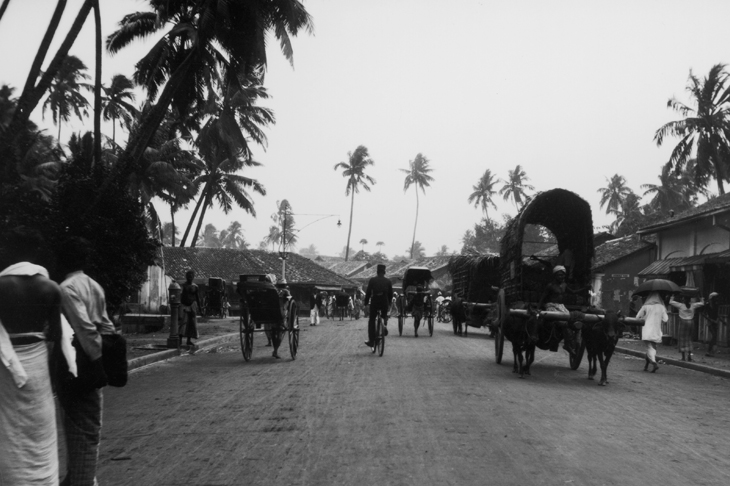
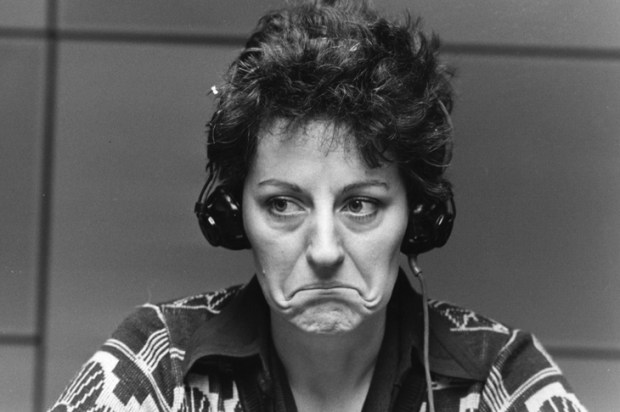
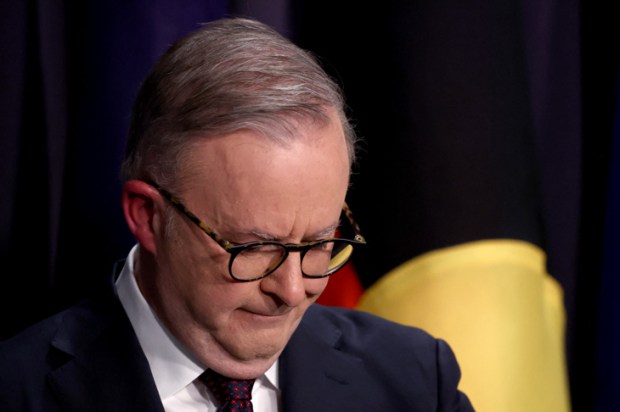
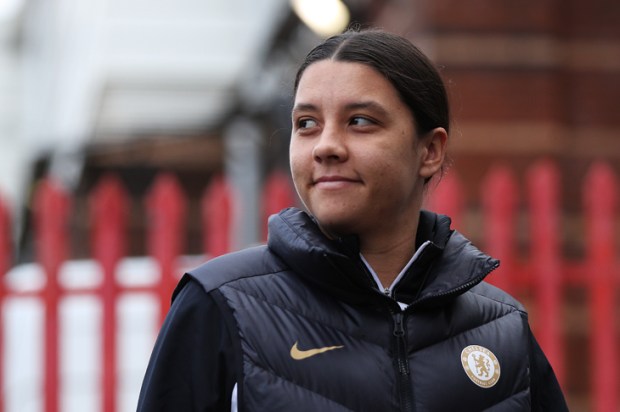
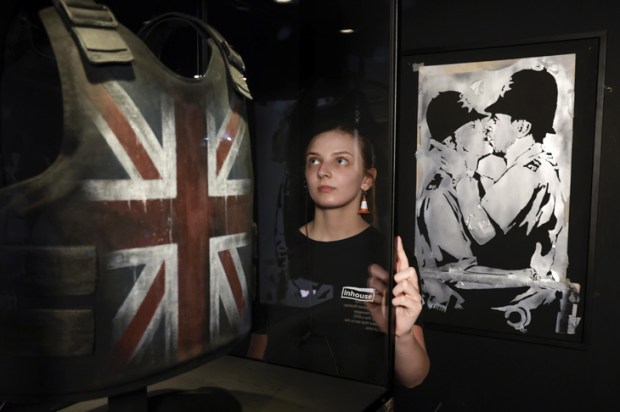
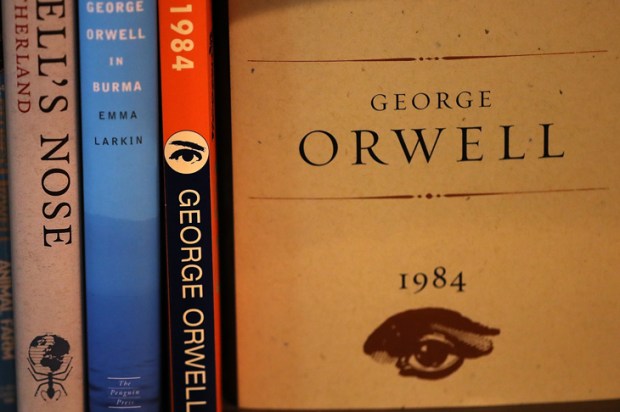
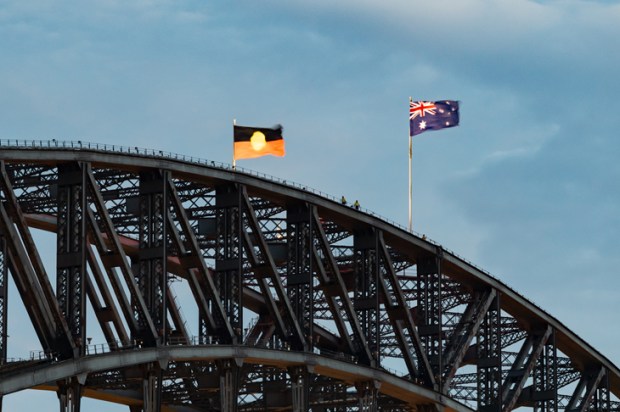






Comments
Don't miss out
Join the conversation with other Spectator Australia readers. Subscribe to leave a comment.
SUBSCRIBEAlready a subscriber? Log in